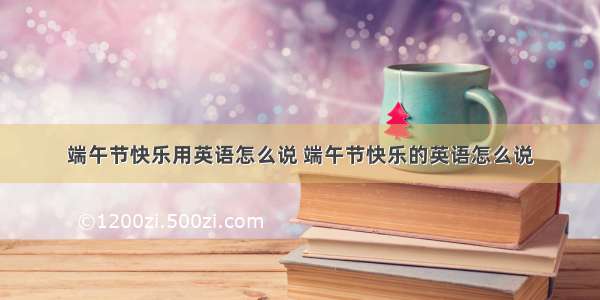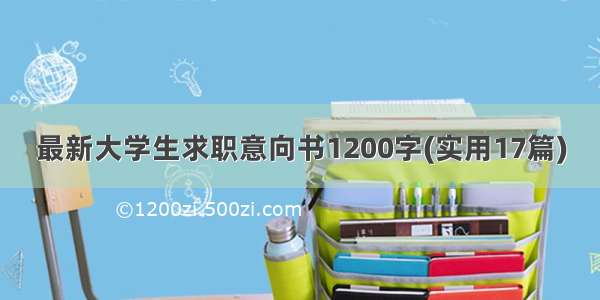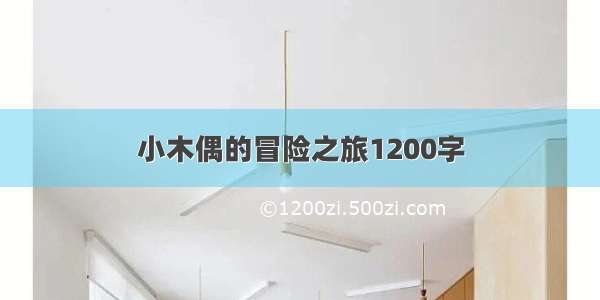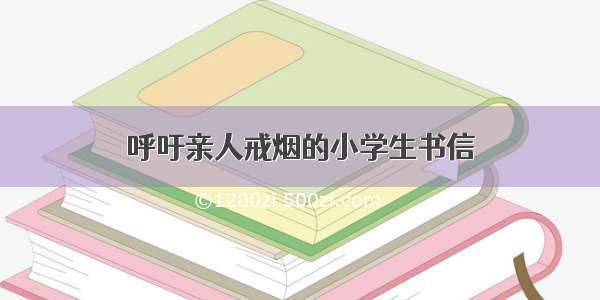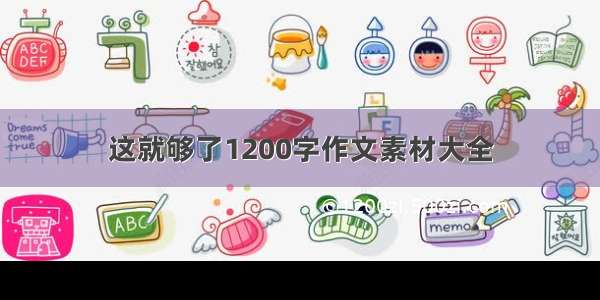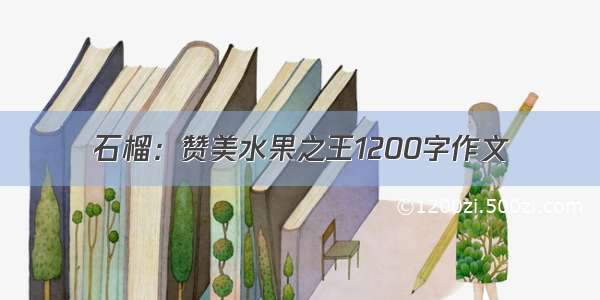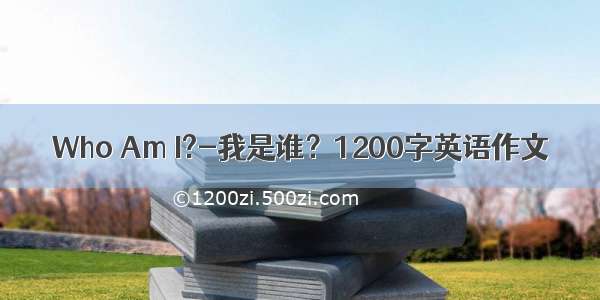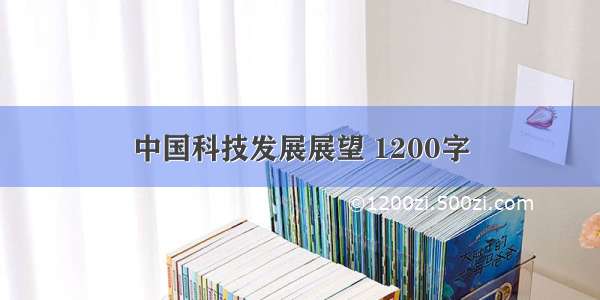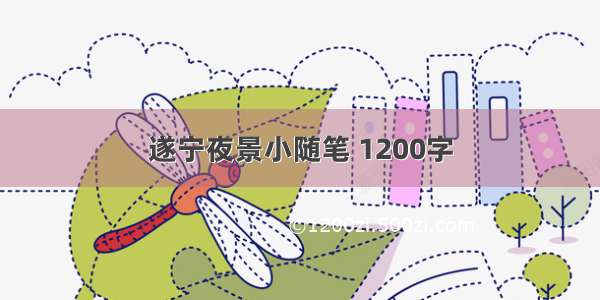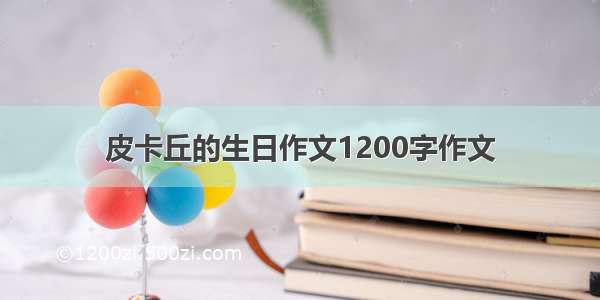
It is one of the oldest festivals, not only in China but also throughout the world, with a history of more than 2,000 years.
端午节是中国最古老的节日之一,约有2000多年历史,不仅中国乃至全世界都会庆祝。
The Duanwu or Dragon Boat Festival, which is celebrated on the fifth day of the fifth month of the Chinese lunar calendar, falls on June 25ththis year.
端午节为每年阴历五月初五,今年6月25日正值端午节。
The Dragon Boat Festival commemorates the death of Qu Yuan, a patriot poet during the Warring States Period (475-221 BC), who committed suicide by flinging himself into the Miluo River in Central China’s Hunan province after his mother kingdom fell into enemy rule.
端午节是为纪念战国时期(公元前475-221)爱国诗人屈原,在祖国落入敌手后,他毅然决然地投入汨罗江(位于华中地区湖南省),结束了自己的生命。
资料图
Legend holds that people in boats raced to the site where he drowned and threw in zongzi (glutinous rice wrapped in reed leaves) so fish wouldn’t feed on Qu’s body.
传说人们争相划船到他投江的地点,扔下粽子(芦苇叶包的糯米团)以防鱼群吃掉他的尸体。
Since then, the fifth day of the fifth month on the lunar calendar is celebrated as the Dragon Boat Festival. People hold boat races and prepare zongzi in memory of Qu’s righteousness and his beautiful poems.
自那以后,每年五月初五就成了端午节,人们会划龙舟,包粽子以怀念屈原的刚正不阿以及他优美的诗歌。
端午节,吃粽子
Also called glutinous rice dumpling wrapped in reed or bamboo leaves, zongzi is an essential Dragon Boat Festival food, but tastes vary between the north and south of China. In the north people favor sweet zongzi and jujube is used as a filling, while in the south zongzi takes different shapes and various fillings, such as fresh meat, egg yolk, sweetened bean paste or ham.
粽子即用芦苇叶或竹叶包的糯米团,是端午节的必备,但味道南北方存有差异。北方喜甜粽,内有甜枣,南方粽子则形状各异内陷也各不相同,有鲜肉粽,蛋黄粽,豆沙粽和火腿粽。
端午节,赛龙舟
Dragon boat racing is an indispensable part of the festival with the boats so named because the fore and stern are in the shape of a Chinese dragon. Legend has it that the race originates from the idea that people rowed boats to seek Qu Yuan’s body after he drowned.
赛龙舟是端午节的不可或缺的一个活动,因船头船尾都是中国龙的形象,故名为“龙舟”。传说赛龙舟起源于当时人们想划船寻找屈原投江后的尸体。
端午节,挂艾草
It is said that the fifth lunar month is considered a "poisonous" one in the Chinese farmer’s almanac because insects and pests are active and it is also high season for people catching infectious diseases. During the Dragon Boat Festival people in southern China put mugwort leaves and calamus on the doors or windows to keep insects out of their homes. The leaves are believed to have curative properties.
据说阴历五月在中国农历里是“有毒的”,因为那时昆虫和害虫都很活跃,人们在那时也容易得传染病。端午节期间,在南方,人们会在门前窗前悬挂艾草和菖蒲以驱蚊避虫。人们相信艾草菖蒲可以治病。
端午节,吃“五黄”
People have the custom of eating the "Five Yellow" to ward off the "Five Poisons" particularly in East China’s Jiangsu and Zhejiang provinces. The "Five Yellow" refers to yellow croaker, cucumber, rice field eel, salted duck egg and realgar wine. The "Five Poisons" are snake, centipede, spider, gecko and toad.
民间有吃“五黄”避“五毒”的风俗,尤其江浙一带。“五黄”指黄花鱼,黄瓜,黄鳝,咸鸭蛋和雄黄酒。“五毒”即蛇,蜈蚣,蜘蛛,壁虎和蟾蜍。
英文来源:China Daily




